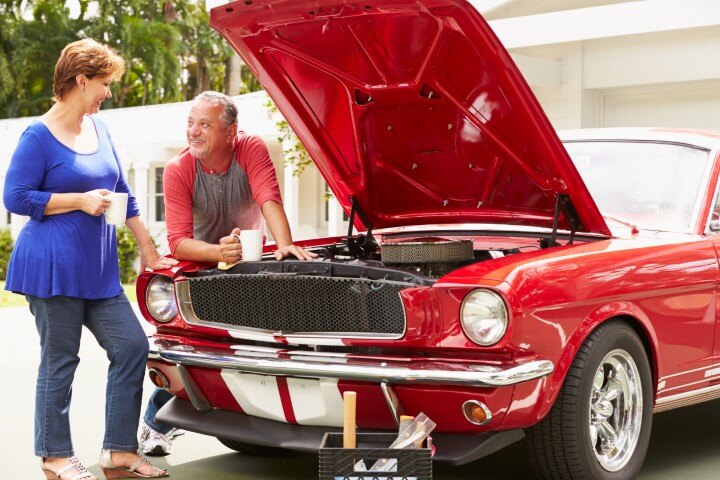What To Do When Your Car Hits 75,000 Miles?
The car & truck landscape looks very little like it was when we were growing up (or our parents). It used to be true that 100,000 miles were a...

Back in the day, if you bought a new car, you figured you had to "break it in" - follow certain driving patterns for the first x number of miles of the car's life. This is why, if you bring a new car home, your neighbors and co-workers will each have their own bit of advice on what you should do with it. Don't go more than 30 mph for the first month. Or do the opposite - drive it really fast at first to get used to it. So who's right?
 Turns out, could be neither of them.
Turns out, could be neither of them.
If you bought a new car ten years ago, it's very likely that the automaker would have a set of instructions telling you to do things like drive at 50 mph for a certain amount of time, followed by driving at high and low speeds for another amount of time, then sit and idle for another amount of time. Then you’d shut the engine off and let it cool down completely before taking it back out on the road again.
The traditional purpose of doing all this was so that you could establish new mating patterns of the engine’s internal parts, properly seat the piston rings, establish the seal surfaces, and just overall condition the new mechanical parts.
Yes, it has. New cars today have more advanced lubricants in them which do a much better job of protecting engine parts. Not only that but today’s engines are made with aluminum and steel that are “pre-conditioned” and ready to run directly from the factory.
So if you don’t have to break in a new car by following old-school instructions, is there anything you still have to do to a new car?
The most important thing to do is to get the oil changed for the first time as per what the manufacturer recommends. For new cars, it’s typically after the first 1500 miles. This is important because you do get metal that wears off in the engine at the very beginning. This metal needs to be removed so that it will not cause engine damage over the life of the car.
The car & truck landscape looks very little like it was when we were growing up (or our parents). It used to be true that 100,000 miles were a...

Continuing the topic of "how to extend the life of your car", this is something everybody wants. With the economy still in the doldrums and people...

We’ve missed doing a blog for National Car Month the past couple of years, so here it is! National Car Month is the brainchild of the Car Care...